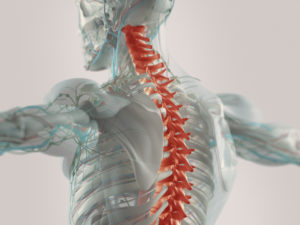A collision between a Union Pacific freight train and a tractor-trailer in Mer Rouge, Louisiana (LA), on October 5, 2014, left two rail crew members critically injured. The conductor needed to be flown by helicopter to shreveport, more than an hour away, to have his life saved after the locomotive in which he was working slammed into the truck that had gotten stuck on the tracks at a grade crossing.
The engineer also remained hospitalized days after the wreck, which prompted a brief evacuation of nearby homes and businesses because of a leak of argon gas that posed a suffocation risk. Perhaps trying to find the silver lining to the long-billowing cloud of dust, smoke and industrial gas, the town’s mayor, Johnny McAdams, told a reporter for the local News Star newspaper, “We’re lucky that wasn’t one of our oil trains that we get 10 times a day. If it had been an oil train, we would have had a fire and then we would have had fatalities.”
The truck driver escaped injury by jumping out of his cab shortly before the crash. The train could not stop in time to prevent the wreck, however, and 17 rail cars derailed, with several releasing their contents. No major environmental damage occurred, and people were allowed to return to the area within two hours. Still, while the accident could certainly have been worse, I believe no one should content themselves with calling it minor.
First, the railroad employees face weeks, months or years of recovery. They may face lifetimes of minor or major disability. As a personal injury lawyer based in Virginia and North Carolina who has helped dozens of train crew members following on-the-job accidents, I know that surviving is often just the beginning of a long struggle when a crash like this one occurs. A case I handled in New Orleans, for instance, involved a railroad contractor who had to enter early retirement after having his leg crushed while repair a train trestle.
Second, the wreck may point to a larger, and often-neglected, problem involving track maintenance and the condition of grade crossings in general. Investigating any train crash and reaching well-supported conclusions regarding causes can take years. One of the first things investigators need to determine in Mer Rogue is why the tractor-trailer could not drive out of the way of the UP train. It is entirely possible that the roadbed underneath the tracks had sunk, creating a depression capable of trapping a heavily loaded truck. The rails could have acted like a rack that suspended the vehicle as a target impossible to miss.
Also, if the crossing lacked automatic gates and warning lights, an accident like this one could be considered inevitable. Drivers cannot avoid trains they do not know are approaching.
EJL









Comments for this article are closed.